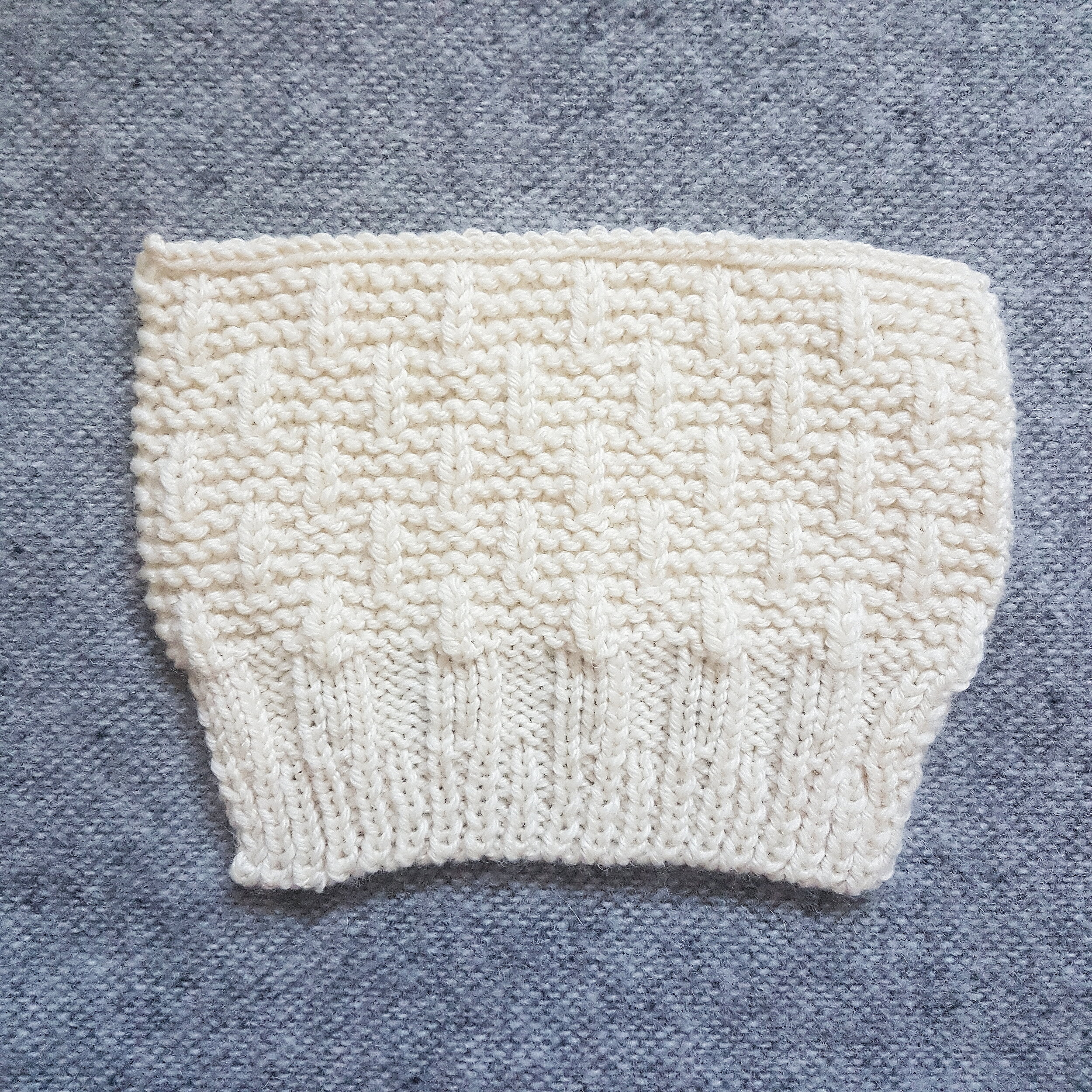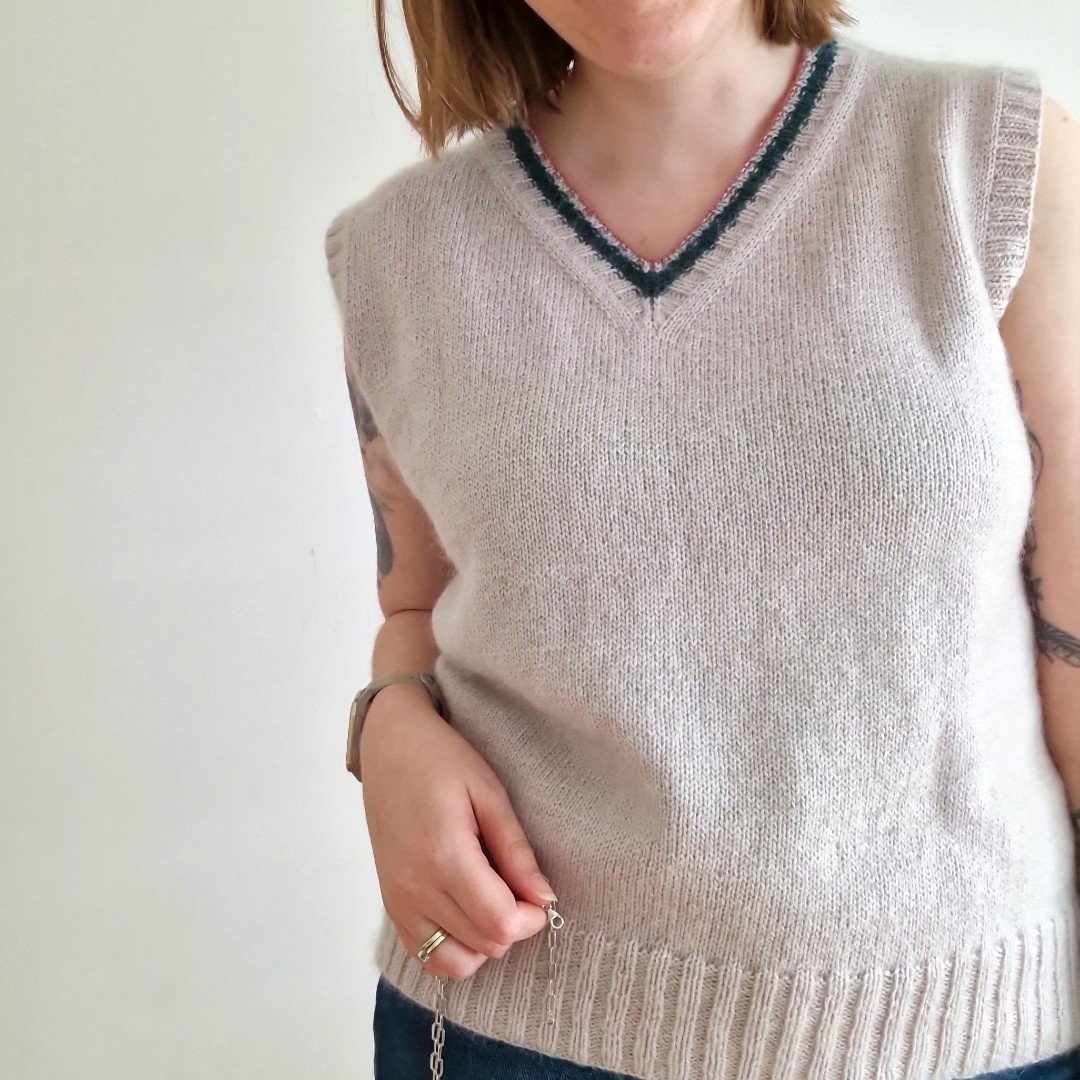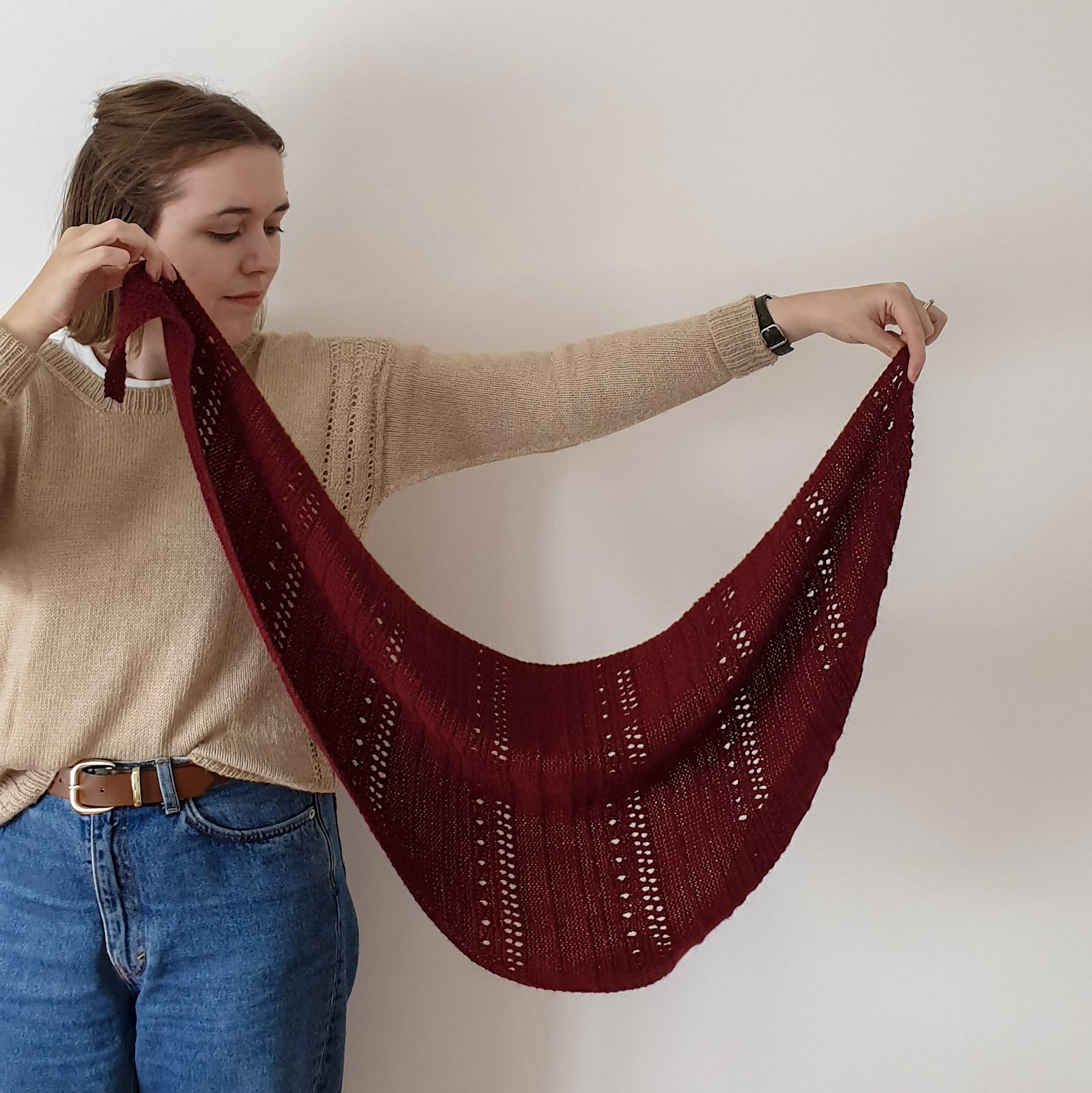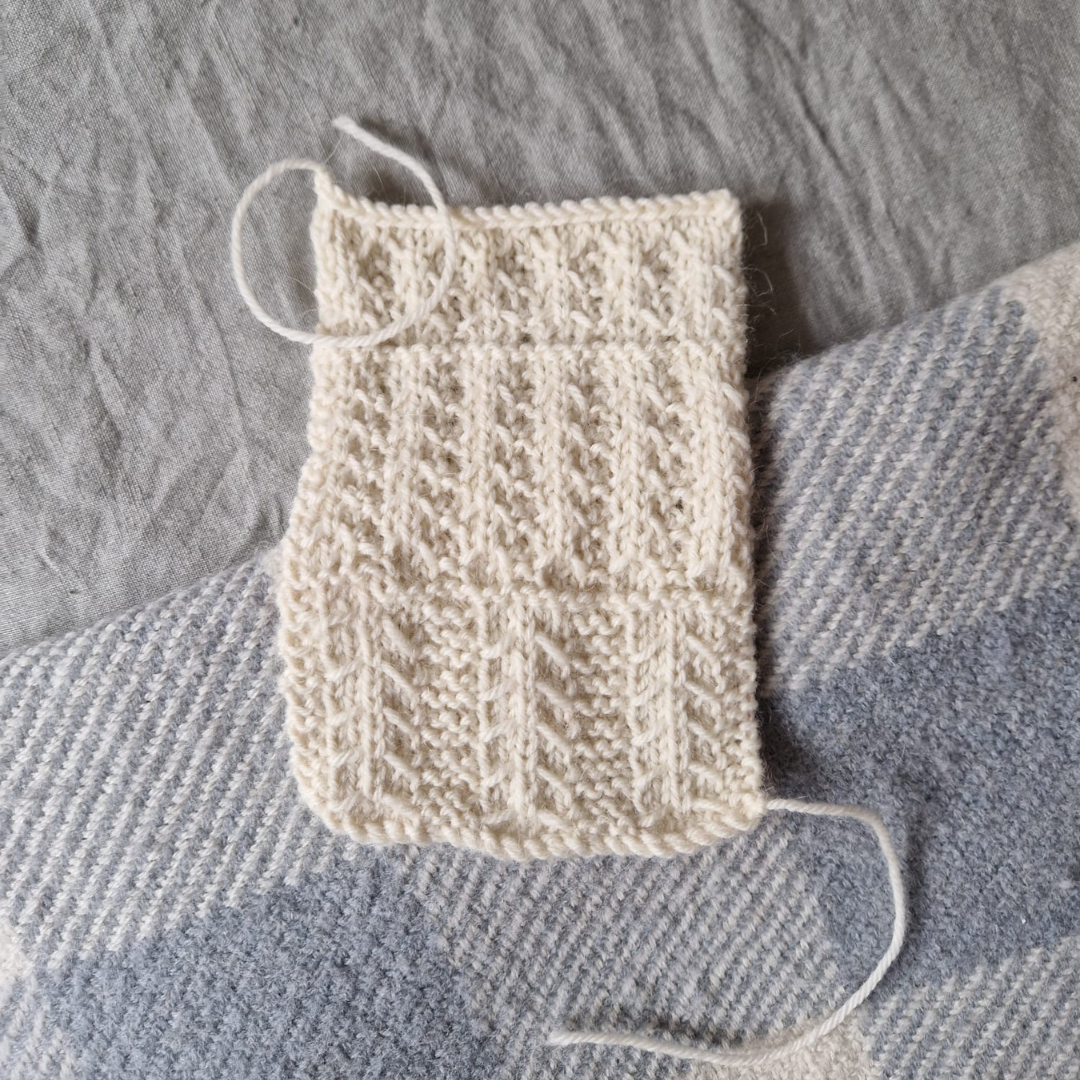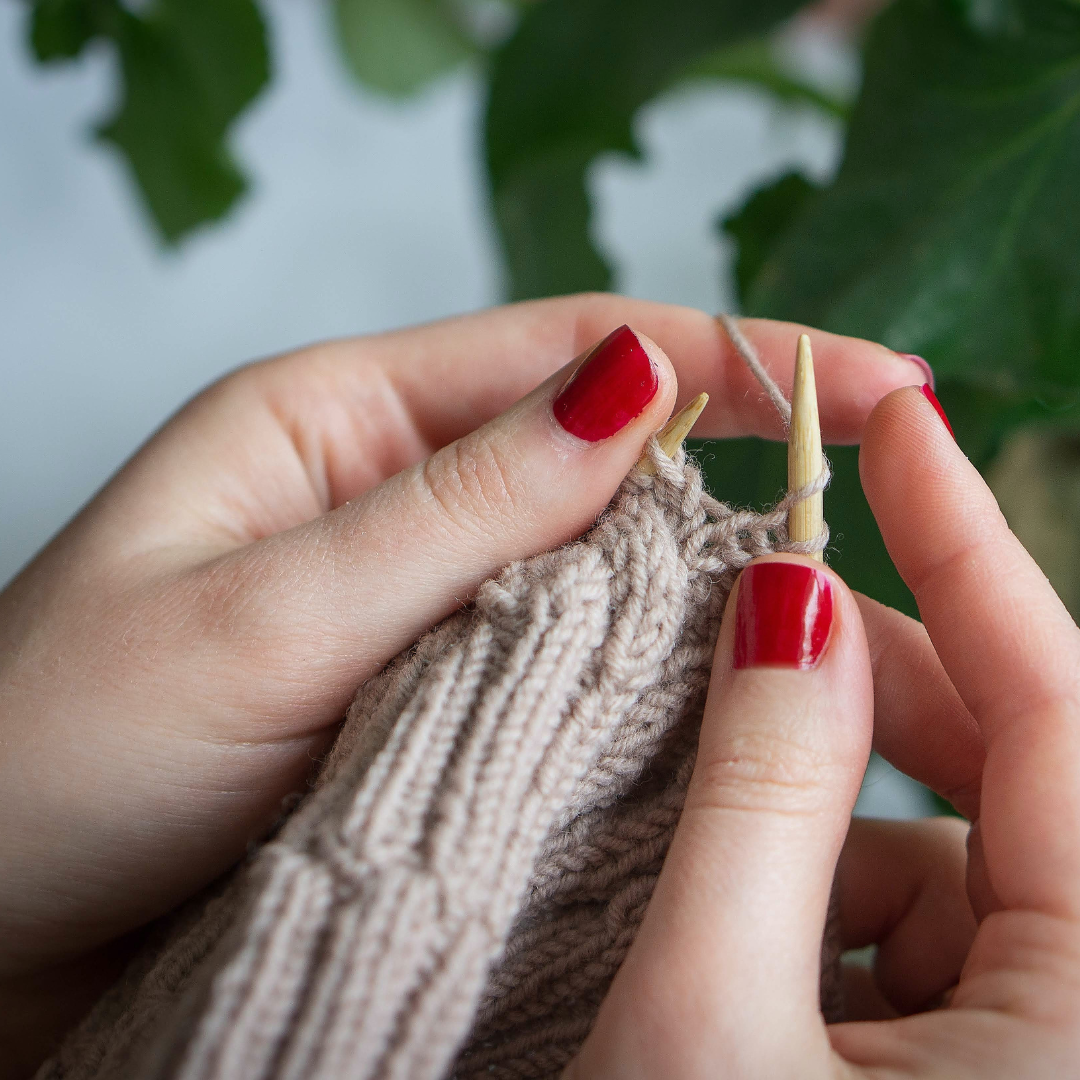Which Comes First: Pattern Writing or Sample Knitting?
So, you’ve chosen your design… you’ve completed your pattern spreadsheet… now what? Should you write the knitting pattern or knit the sample?
This is something that many new knitting pattern designers think about, and quite honestly, it can often feel like a chicken or the egg situation!
Whilst some may prefer to knit their sample first, others prefer to write their knitting pattern first. It’s really not straightforward.
In this blog post, I share the pros and cons of both methods to help you to decide which option works best for you.
Before we begin
I don’t recommend that you knit your sample before you complete your pattern spreadsheet, including all of the grading for every size.
In order to maintain consistent fit and aesthetics across all sizes, you should work on all sizes together. If you knit your sample before doing that, you might include a detail in your design that you later find doesn’t grade well across all sizes.
Knitting the Sample First
I can’t 100% remember, but I think I might have started out using this method first.
The main benefit of knitting your sample first is that, more often than not, it’s much easier to figure out how to write a knitting pattern once you’ve actually knitted it. There will inevitably be parts in most patterns that are tricky to communicate. Being able to knit that section first can often help you to find the words to describe those pattern instructions.
It also allows you to easily adapt the design, as you knit. It can be difficult to fully visualise how a design will look before it is knitted up, so knitting the sample first allows you to be flexible with your initial design idea, without having to fuss around with re-writing parts of the pattern. Lots of designers feel more creative when they work this way.
The downside of working this way is that it is SO easy to lose track of what you’ve done in your sample. If you’re making lots of adjustments to your design as you knit, you must make very detailed notes, otherwise, you’ll find yourself getting lost when writing the pattern. No one wants to spend hours counting rows and stitches in their sample!
This method is fine if you’re working at a pace that allows you to knit all of your own samples, but if you need to work with sample knitters, it isn’t suitable. They can’t knit from your pattern spreadsheet, so you’ll need to provide them with a written pattern.
Writing the Pattern First
This is the method I use now, and have done for a long time.
The thing that I love the most about working this way is that you essentially become your first test knitter when you knit your sample from the written pattern.
Even though you might be a little too “close” to the pattern to spot most of the problems, you will likely spot typos and confusing instructions that you can fix before it goes into tech editing or test knitting.
Another benefit that you may not have considered is that writing the pattern first can significantly reduce the likelihood of procrastination.
Let’s be honest - knitting the sample can often be the most enjoyable part of the design process! If you leave the pattern writing until after the sample knitting, you may not be motivated enough to write up the pattern.
It’s also just a really good habit to get into. When you work with sample knitters or design for magazines or publications, you will often be required to work this way, so it makes sense to practice it in your own personal design process.
Side note: if you are working with sample knitters, put your pattern through tech editing before it goes to the sample knitter. It isn’t their job to find errors in your pattern and you don’t want to waste their time if the pattern is incorrect.
The big downside of writing the knitting pattern before you knit the sample is that most designers, myself included, find it a lot more difficult to write the pattern first. It can honestly be mind-boggling, trying to figure out some aspects of the pattern without having knitted it already. This is magnified when you’re trying out a construction that you haven’t designed in before!
Despite the difficulties, I still choose to work this way because, for me, the pros outweigh the cons.
How do you work best?
All designers are different, so what works for me might not work for you.
If you are comfortable with both methods, then I’d suggest you write all of your patterns first, simply because there are so many benefits to working this way. But if you find writing the pattern first unbearable, you should knit the sample first. You will still get great results!



